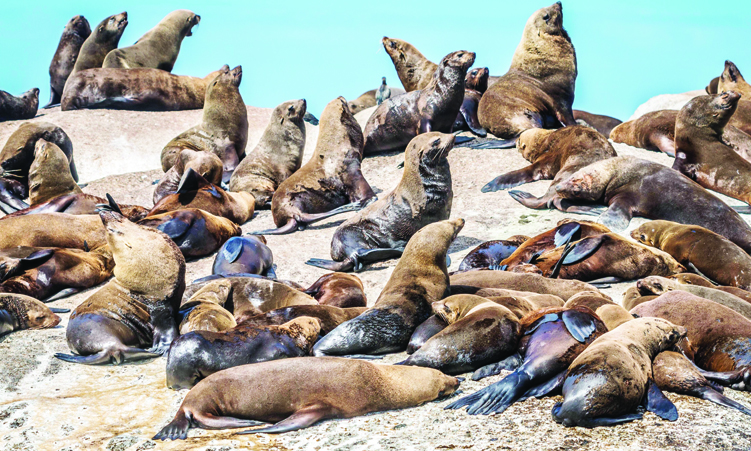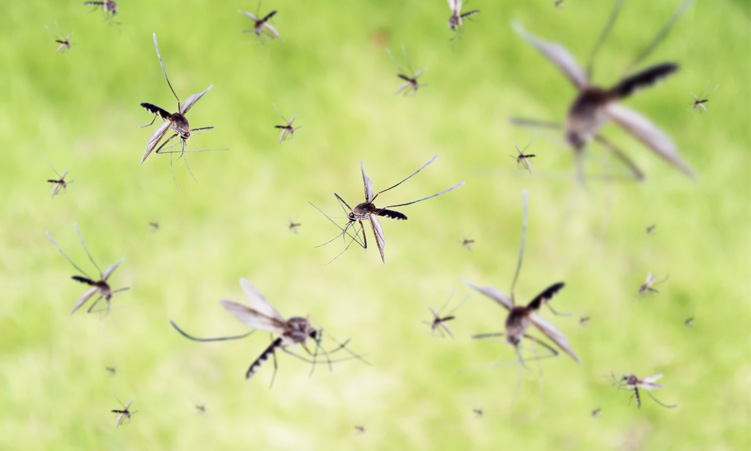A local environmental group is concerned about an outbreak of seal rabies among South Africa’s seal colony, which could spread to Namibia.
Ocean Conservation Namibia (OCN) spokesperson Naude Dreyer says the organisation has been in contact with leading South African marine mammal scientists for the last few weeks regarding the matter.
The seal rabies outbreak among Cape fur seals in South Africa is cause for concern, since these seals are also found along Namibia’s Skeleton Coast.
As of 25 July, South African Cape fur seals have tested positive for rabies, the organisation says.
“The possible threat extends beyond marine ecosystem disruption as this is a zoonotic disease, meaning, it can jump from animals to humans,” Dreyer says.
He says there’s a serious chance that the rabies virus would spread to the seal population in Namibia, and even a strong likelihood that it already occurs.
Dreyer says the rabies originated from jackals in South Africa’s north, where a lot of transboundary movement of seals occurs.
“While human cases are rare, they serve as a stark reminder of the potential public health risks associated with the virus.
“Bites from infected seals pose a serious threat, highlighting the need for heightened awareness and preventive measures among those who interact with these animals, such as researchers and tourism operators,” he says.
Dreyer says while the majority of people, until recently, believed seals could not catch rabies, not much is currently known about rabies among seals.
“It should theoretically apply to other aquatic mammals, such as dolphins and whales, although it hasn’t been shown,” Dreyer says.
He says it should be noted that land-based predators, such as the black-backed jackal, the brown hyena and the small desert lion population could potentially be at risk too.
Dreyer says OCN is monitoring all the seals they are in contact with at Pelican Point and Cape Cross.
The organisation is asking the public to report any abnormal or aggressive behaviour as soon as possible.
Stay informed with The Namibian – your source for credible journalism. Get in-depth reporting and opinions for
only N$85 a month. Invest in journalism, invest in democracy –
Subscribe Now!









